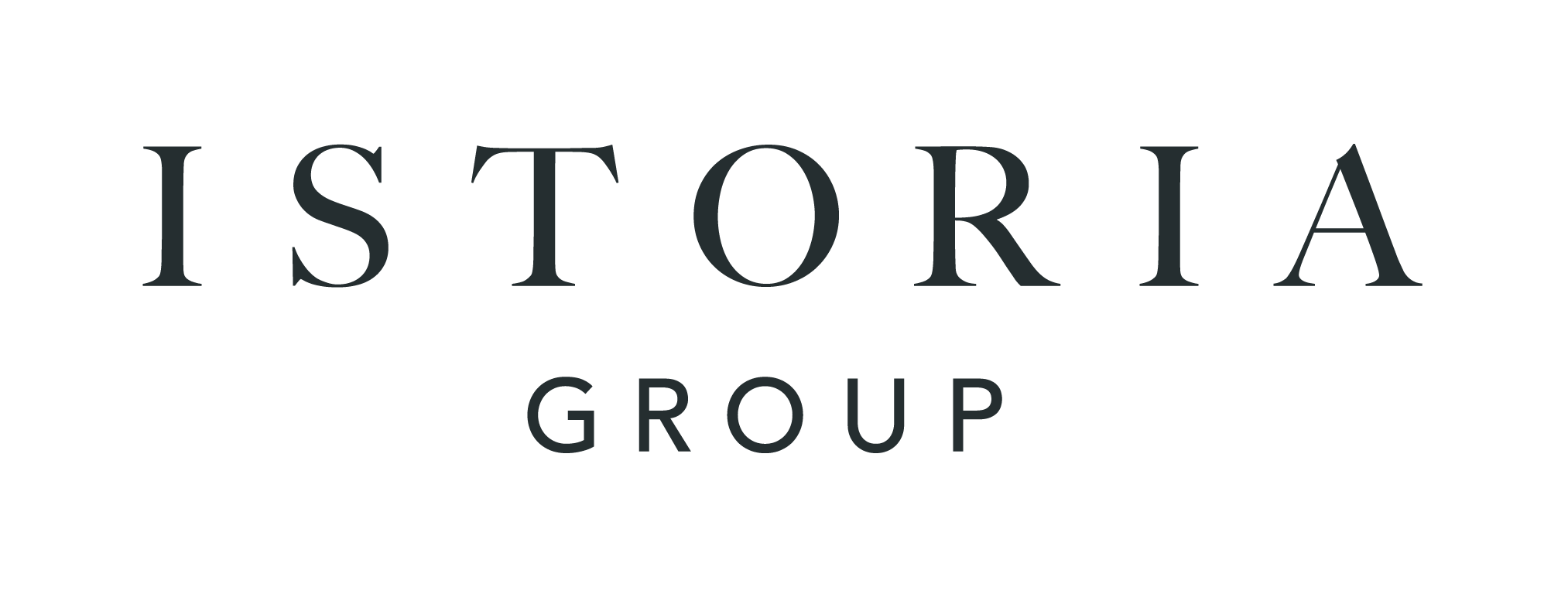How to achieve parity for women in the events industry
What’s changed and what still needs to be done to achieve true parity for women in the events industry asks Claire Menzies, chairwoman of Istoria Group.
The events and exhibitions industry has always been well-represented by both genders, making us somewhat ahead of the game. This pleasing fact, however, is surface-deep and risks masking what still remains to be done.
A quick visual check of the preparation stages for any major show, for example, underlines how classic gender roles predominate.
Men build stands and women decorate them. Men generally make up the majority of crews and women the majority of office workers – except at the highest ownership / management levels, which are still a mostly-male preserve.
Does this matter?
Yes, it does – and for a number of reasons.
First of all, on a common-sense level.
All of us create products and services aimed at the wider population. These propositions will inevitably work better if those involved in their genesis – with the experience and perspective thereby incorporated – reflect the final audience.
Caroline Criado Perez’s seminal book on gender data bias demonstrates the negative impact on women when this doesn’t happen. Safety is another issue. In an eye-opening report on sexual harassment cited by Conference News in 2018, 61% of event industry females report having encountered inappropriate behaviour, with 19% mentioning the workplace as the locus, 8% whilst travelling and 34% on site. Effectively single-gender environments, such as sites, create powerful cultures and biases – with consequences that can be genuinely harmful.
Pay gap
The biggest reason parity matters, however, is because decision-makers hold the real power.
Legislation ensuring larger companies report on their gender pay gaps has recently created some fascinating reading. When Reed Exhibitions reported a mean total pay gap of 19.7% in 2020, they cited clearly and honestly that the main reason was more men than women in senior roles and more women than men in lower-paid roles, a disparity exacerbated by performance-related pay opportunities, which increased with seniority.
Only transparency such as this can create the honest realisations and conversations that lead to strategic change. We researched gender representation figures for event organisers, for example, and perhaps the most interesting response – citing the AEO Talent Report – was that 39% of companies within the research did not record this information. This relates to representation only, not gender pay gaps and, whilst there’s no legal obligation to report (for the gender pay gap this starts at 250+ employees), why not do it anyway to see if you’re heading in the right direction? Inclusivity is a journey after all, just like sustainability – and we all have to start somewhere.
Leadership
Self-reflection by leaders is important too. Fifteen of my years in the industry have been as leader of my own company, where I am now chairwoman. Could I have influenced more inclusive ways of recruiting? Yes, probably. After all, when you first set up a company, there are so many things to focus on, you often follow the path of least resistance, which is exactly how the status quo regenerates. Decisions get made without remembering to re-frame the question.
If we pull the focus wider to consider how well the UK is doing generally on these issues, the Global Gender Gap Index, which has measured the world’s progress towards gender parity since 2006, reports that 68.1% of the gap has now been closed – and that, at the current rate, it will take 132 years to reach gender parity. Before anyone smugly assumes this doesn’t really apply to the developed world, it’s worth noting that the UK is not in the global top 10 – whilst Rwanda, Nicaragua and Namibia are.
We’re also falling currently and are now out of the top 20 at number 22. What about other forms of representation? To embody a true reflection of the UK population, 14% of corporate employees would be ethnically non-white; 22% would have some form of disability (a figure that changes radically with age, with 9% of children counted as disabled compared to 59% of over-80s), whilst 15% of all teams would be neurodiverse.
Attitudes
Attitudes at least have changed in the right direction. When I started out, women were regularly asked at interview if they were married or considering having children. To be fully ‘present’ in your role (and able to travel at the drop of a hat), the assumption was that you were either male or a young or much older female. Women ‘in their prime’ were expected to be at home with the children – an assumption never made about men. Far from then addressing the need for better equality of parental leave or more support for women re-entering the industry, this effectively excluded many women and halted career progression.
Change
Achieving change is about open, frank conversations, serving to expose underlying attitudes and causalities. We won’t have more women on crews, for example, until we have more women in construction. Mentoring is vital too, which is how all-women organisations help speed up the pace of change. Once equality is achieved, they can rightfully be perceived as ‘exclusive’. Until then, they’re confidence-boosting and celebratory. We’d like to see more men in what have traditionally been perceived as the ‘softer’ roles too: HR, client liaison, marketing and PR.
Let’s progress side by side into a more equal future. Equality makes us all more civilised, men and women alike and even improves our health and wellbeing. No lesser authority than The World Health Organisation says so.
Claire Menzies, Chairwoman of Istoria Group

